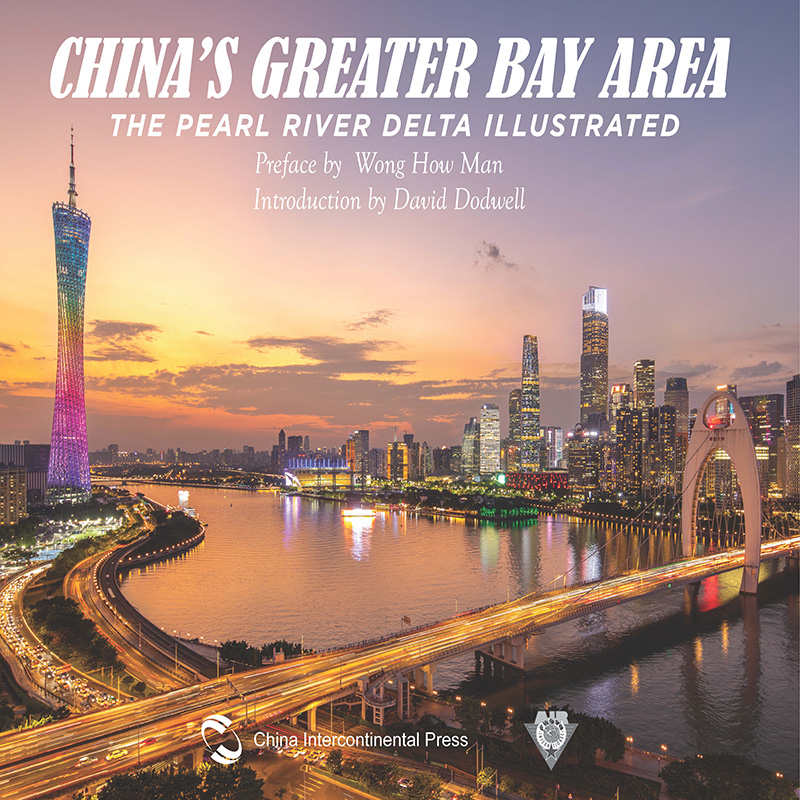
出版社: 五洲传播
原售价: 300.00
折扣价: 180.00
折扣购买: 粤港澳大湾区(英文)
ISBN: 9787508545226

杜大卫,英国人,常居香港,享有香港特区居留权。香港亚太经合组织贸易政策研究会执行董事,曾任《财经时报》记者,对全球经济和国际贸易,尤其是中国香港地区贸易有深入研究。 David Dodwell is the executive director of the Hong Kong-APEC Trade Policy Group. He is a veteran journalist and expert on international business, global trade and economic and political developments, particularly in Hong Kong.
The great southern metropolis at the very heart of the Pearl River Delta has played a major role in Chinese history since Qin forces first brought the lands South of Five Ridges under imperial rule over 2, 000 years ago. Geography alludes to why Guangzhou emerged as the regional hub. Situated on a relatively flat and fertile basin, inland, far from coastal storms, it is strategically backed by Baiyun Mountain – today a popular hiking route and location of Guangzhou International Airport – while three rivers converge in the city to forge the mighty Pearl River which empties in the South China Sea between Hong Kong and Macau. For a century it was seat of Nanyue Kingdom, remembered today in a fantastic museum and excavation site, namely, the Mausoleum of the Nanyue King, located near the remains of the city walls in the old district of Yuexiu. The Nanling region was brought back under direct imperial rule in 111BC when Panyu, as Guangzhou was then known, was made prefecture capital under the Eastern Han, a status it has retained for most of the centuries since. By the time of the flourishing Tang Dynasty (618–907) Guangzhou, along with Quanzhou in Fujian, had become a major port of trade and commerce along the Maritime Silk Road. So it should, perhaps, come as no surprise to learn that a thousand years later when the Qianlong Emperor (1733–1796) decided to route all foreign trade through one city, he chose the southern entrep?t of Guangzhou, a decree known to the west as the Canton System. The location of the 13 Factories where Europeans were instructed to anchor their trade vessels for half the year was situated beyond the city walls. It has since been subsumed by the rapid development of Pazhou District, although the old port has been maintained as an evocative walk-through museum called the Huangpu Ancient Port and Village Historical Culture Scenic Spot. The city’s mercantile, seafaring legacy is very much in evidence to this day, perhaps best expressed at the biannual Canton Fair, the world’s largest commodities market. Each spring and autumn, the city is flooded with traders, suppliers, and industrialists of all stripes, each seeking components and commodities for markets overseas. 208幅精美图片,全面呈现粤港澳大湾区生机活力 208 high quality photographs, illustrations and dramatic original drone perspectives


